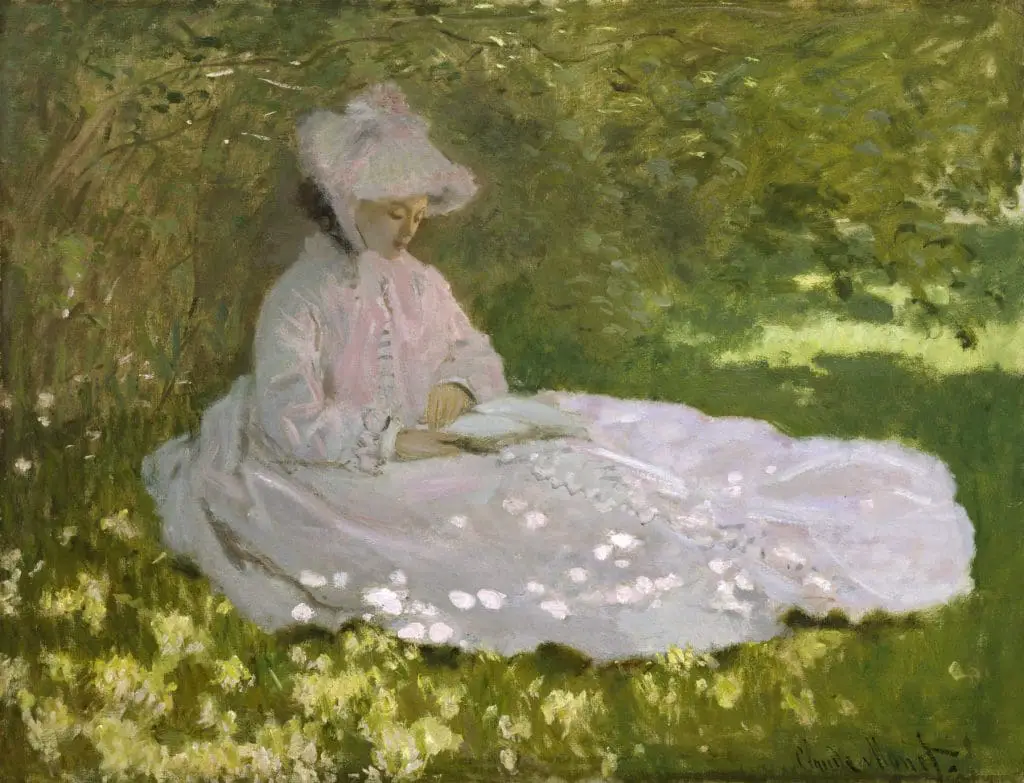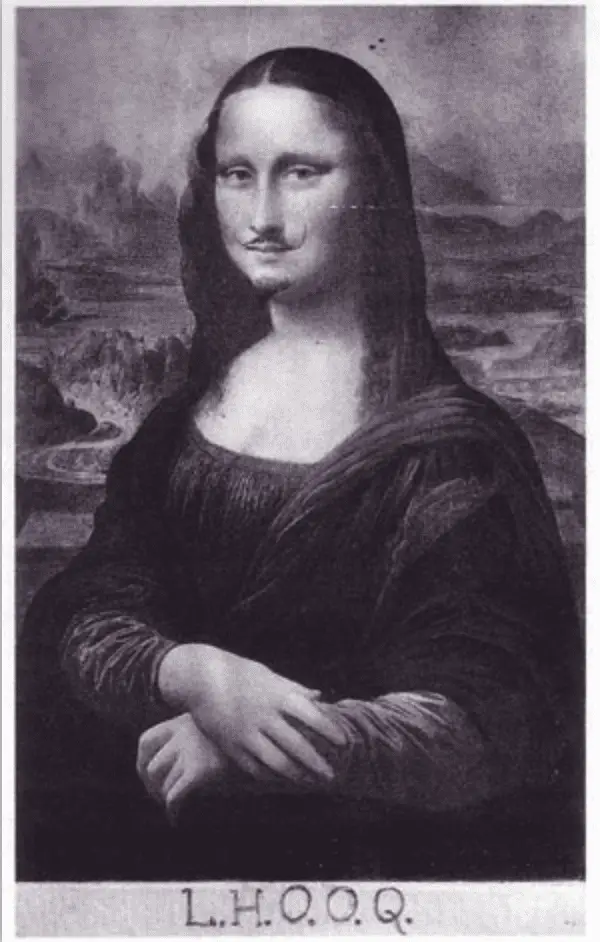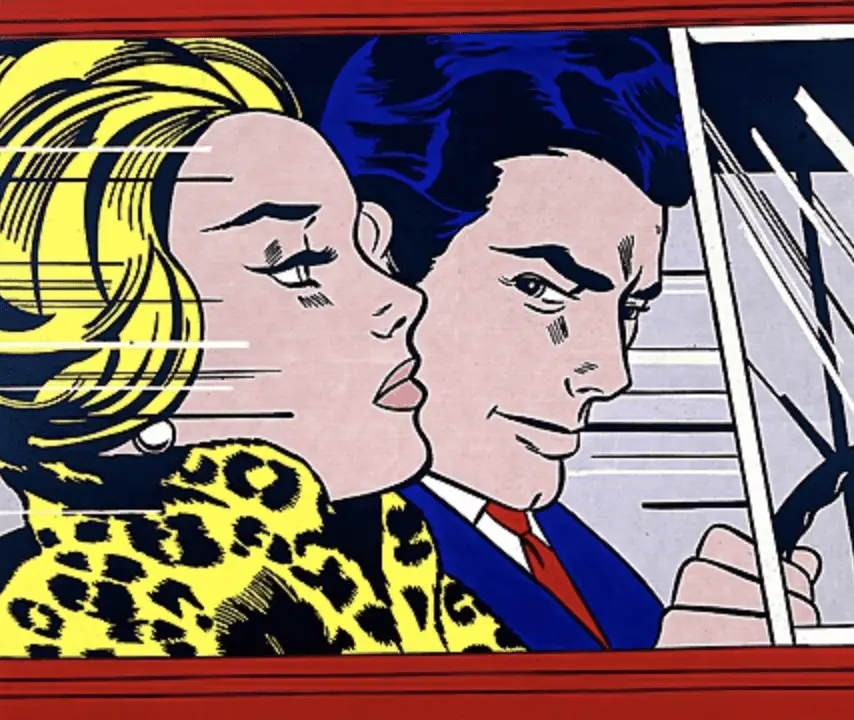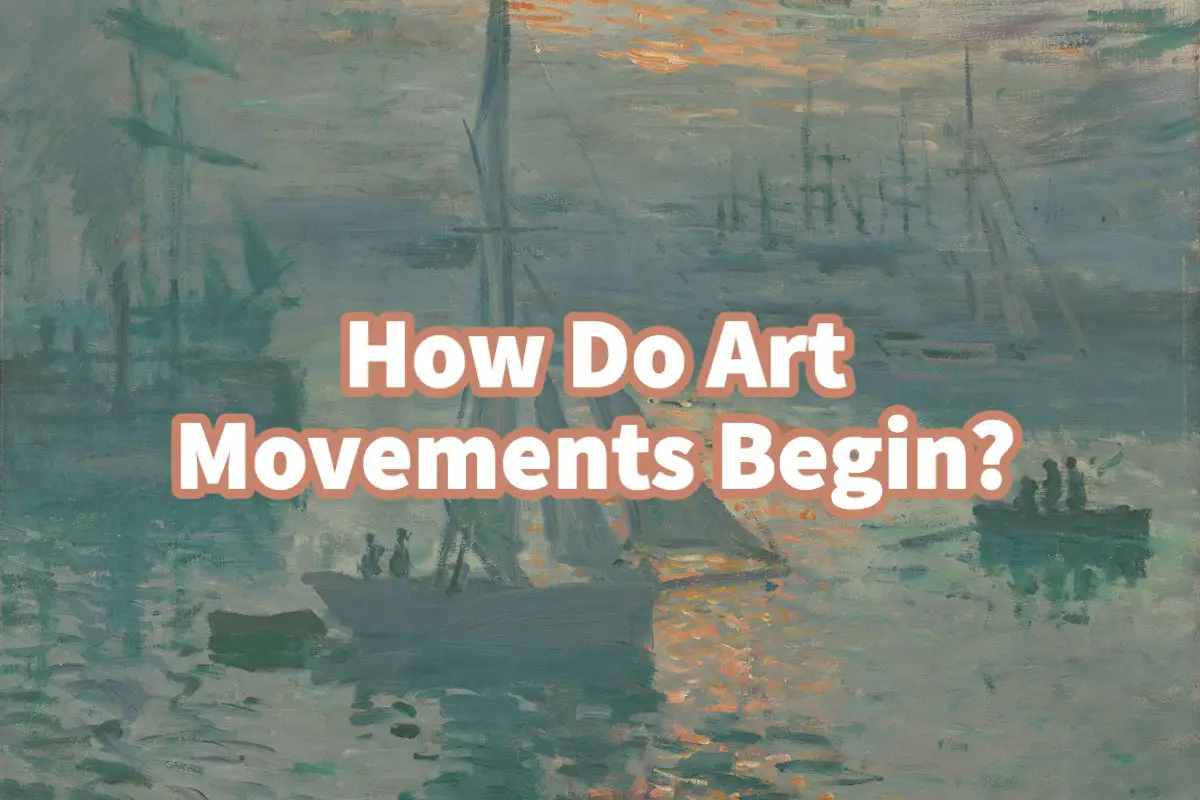Art movements can affect the way art is viewed during a specific period. There is usually some external force that will trigger an art movement by a group of artists.
An art movement usually begins as a specific philosophy, goal, or objective that a group of typical artists have. This could include a standard belief system or a belief in a common style of art. An art movement usually changes the artistic direction of the artwork for its time.
Table of Contents
- Art Movements And How They Begin
- Some Major Art Movements Explored
- Frequently Asked Questions
- Related Contents
Art Movements And How They Begin
Even today, art movements continue to influence the art world.
Art movements usually begin because something will trigger the art movement due to a specific time or place. This will usually be based on the artist’s interest or even some political movement or changes in society.
Artists Work In Groups So There Are Art Movements
Throughout the ages, artists have not worked alone. Artists are well known for working together in groups.
Here are a few things to remember about art movements:
- Group of Artists – Art movements are usually not attributed to the art of one single artist who is working alone, but they are from a group of artists who are working together.
- Common Beliefs – The artists working together (even if they may not physically be performing at the same studio) will share a common belief about art and the direction of art.
- Common Style of Art – The art movements all show a common style of art among a group of artists.
- Specific Time – Art movements emerge for a specific time It can be from a few months to many years.
- Change in Artistic Direction – The art movement shows a change in artistic direction for the art world. These artists are not just re-creating old art, but they are actively re-creating something new and fresh for their time period. For many art movements, the new movement was considered avant-garde.
- Public Opinion May Differ – Many of the new art movements at first did not receive very good reviews from the public and even art critics. This usually did not stop the artists from believing in the direction of their artwork and continuing on.
- External Forces Helped Drive the Movement – Many times, changes in the world affected a group of artists and their art. Examples include the Industrial Revolution, war, or new spiritual or religious beliefs.
- Central figure or Institution – Some art movements start due to a central figure in the art world that inspires other artists, or it can be because of a school the artists are all attending, which influences them and their work.
The starting of an art movement and why it started can be as varied as how and where it started. There are no rules regarding how and why an art movement will start and what drives the art movement.
If an artist wanted to start an art movement, they would need to find other like-minded artists first. In other words, all art movements had some reasoning behind them as to why the art movement was started and why the other artists joined it.
Some Major Art Movements Explored
To fully understand art movements, we can look at some art movements and what drove those movements to start.

Impressionists
Impressionism is an art movement that many people are familiar with. This art movement is centered around a group of artists living in Paris from the late 1860s to the 1880s.
These artists shared some common beliefs and were influenced by Japanese woodblock prints, working outdoors and showing contemporary life with a relatively abstract or individual style—the artist’s work was influenced by light and how light would affect the painting or their artwork.
Some of the impressionist artists were great friends and actively worked together. An example of this is what many considered a love triangle between Berthe Morisot and the two Manet brothers.
To discover more, you can read our blog Berthe Morisot and the Manet Brothers – Love And Impressionist Art by clicking this link.
The Impressionist artists organized a series of exhibitions under the name Société Anonyme des Artistes or also known as Société Anonyme des artistes, peintres, sculpteurs, graveurs, etc. They held their first exhibition in Paris in 1874.
In speaking of this, Rosenblum said this of the exhibition
“….a place where many kinds of fresh and audacious painting could be shown to the public, works made not by artists who had been voted out of the Salon establishment, but by artists who wished to turn their backs on it entirely.
Rosenblum – Britannica
In this exhibition, Claude Monet showed five paintings. One of them was called Impression, Sunrise (1872). This painting inspired the French art critic Louis Leroy, so the name Impressionist was coined from the title of the painting.
The impressionist movement was highly influential. It spread beyond France into many other parts of the artistic world.

Dada Art Movement
The Dada art movement started in Zurich, Switzerland, in the early 20th Century. This movement had a break-off movement in New York City.
The Dada movement developed as a direct reaction to World War I that raged through Europe. Many of the Dada painters had fought in the war.
The Dada movement consisted of artists who rejected logic, reason, and politics of the day. They were anti-bourgeoisie, anti-war, and anti-nationalism. They had political affirmations with radical left-wing and far-right politics.
The Dada movement is also an art movement that includes visual, literary, social media, poetry writing, and sculpture.
The exciting part of the Dada movement is that they had many vital figures who met together and joined together with a shared belief system. They influenced other art movements like Cubism. And even though it was an informal international movement, they had participants from all over Europe and North America who believed in the Dada art movement.
Hugo Ball, a German Author and poet said this in summing up the Dada art movement:
“For us, art is not an end in itself … it is an opportunity for the true preception and cirticism of the times we live in.”
Hugo Ball
The Dada art movement is an excellent example of an art movement directly influenced by European political events. It was also a movement that reached out beyond its boundaries and influenced other parts of the world, including North America, add the Cubist art movement.
To learn more about art movements directly influenced by World War I, read our blog about Why New Art Movements Develop In The Years Following World War 1? by clicking this link.

Pop Art
Pop art is an example of a movement and art style that emerged independently in London during the 1950s and New York in the early 1960s. In London, a group of artists at the Institute of Contemporary Art formed themselves into an independent group. This independent group later influenced artists in the United States.
Even though America and Britain had a pop art movement, they were distinctive and not the same. British pop art was fuelled by American popular culture from a distance, while Americans were inspired by what they saw and experienced within the American culture. One group looked at it from the outside, and the other looked at the culture from the inside.
Pop art is an art movement that drew is inspiration from famous or commercial culture. It has remained a popular movement, with many countries and cultures contributing to the movement in the 1960s and 70s.
Many of the young Pop artists felt that what they were taught at an art school and what they were being shown in the art museums had nothing to do with the lives they were living or the objects and things they saw around them every single day.
These Pop artists started to turn to popular use sources such as Hollywood movies, advertising, product packaging, Pop music, and comic books as their imagery to inspire their art.
In 1957, Richard Hamilton, a British Pop Artist, summed it up best in a letter to his architect friends Peter and Alison Smithson when he said:
Pop Art is: Popular (designed for mass audience), Transcient (short-term solution), Expendable (easily forgotten), Low cost, Mass produced, Young (aimed at youth), Witty, Sexy, Gimmicky, Glamorous, Big business.”
Richard Hailton (Tate UK)
I believe Richard Hamilton summed up what pop art was and what it meant to the artist during its time.
Pop art remains a popular art movement. In fact, in the 1980s, the China Art or Pop Art Revolution, known as the political art of that revolution, was in response to the brutal and divisive Chinese Cultural Revolution. The Chinese Pop art movement combined both propaganda art and pop art.
To understand what influences the art movements, you need to know a bit of the history of the artist’s time. That is because so much of the art movement also goes together with the history of things around the artist; most artists are observant and sensitive to things around them, and these external forces influence their art.
Frequently Asked Questions
What defines an art movement, and how does it differ from individual artistic styles?
An art movement is characterized by a collective philosophy, goal, or shared artistic approach among a group of artists. Understanding the distinctions between movements and individual styles is crucial to grasping how art movements begin.
What external factors commonly trigger the emergence of art movements?
Explore the external forces, events, or societal changes that often serve as catalysts for the birth of art movements. These factors can range from political shifts to technological advancements.
How do artists come together to initiate an art movement?
Discover the mechanisms that lead artists to form a cohesive group with shared beliefs and objectives, ultimately giving rise to an art movement. This may involve collaboration, shared experiences, or a common dissatisfaction with existing artistic norms.
Can a single artist be credited with starting an entire art movement?
Examine instances where a single influential artist played a pivotal role in initiating an art movement. Understand the impact of key individuals on the collective direction of artistic expression.
How does philosophy play a role in the formation of art movements?
Investigate the philosophical underpinnings that often serve as the foundation for art movements. Delve into the shared ideologies that unite artists and guide their creative endeavors.
Do geographical or cultural factors influence the birth of art movements?
Explore how regional or cultural contexts contribute to the genesis of art movements. Understand how artists within specific locations or cultural spheres may be inspired to create a movement that reflects their unique perspectives.
What role do social and political changes play in sparking art movements?
Examine the relationship between art and societal shifts, such as political upheavals or social movements. Understand how artists respond to these changes and channel their expressions into cohesive art movements.
How does technology impact the initiation of art movements?
Explore the ways in which technological advancements influence artistic expression and contribute to the emergence of new art movements. Consider the role of tools, materials, and mediums in shaping artistic directions.
Can economic factors influence the birth of art movements?
Investigate how economic conditions and market trends can impact the initiation of art movements. Understand the role of financial support, patronage, or economic constraints in shaping the artistic landscape.
How do art movements shape the artistic direction of their time?
Examine the transformative influence of art movements on the broader artistic landscape. Understand how these movements redefine aesthetic norms, challenge existing paradigms, and leave a lasting impact on the evolution of art.
Anita Louise Art is dedicated to art education, great artists, and inspiring others to find and create their art. We love art that uplifts and inspires. #ArtToMakeYouSmile! #ArtToMakeYouHappy!
If you want to see any of my art, you can find out more by clicking here. If you are interested in what inspires me and my paintings, you can discover more by clicking here.
We have a free newsletter and would love you to be part of our community; you can subscribe to the newsletter by clicking here. I would be happy to talk to you if you have any questions. You can reach me, Anita, by clicking here.
Subscribe to our Anita Louise Art YouTube Channel with great videos and information by clicking here.
Join us for our podcast “5 Minutes With Art.” Spend just 5 minutes a week with us to discover and learn about great art and artists. You can find out more about our podcast by clicking here.
Related Contents
Is Art An Natural Gift, Or Can Anyone Be Good At Art If They Practice?
Most artists have some natural gift or desire to be an artist. But it is through their education, hard work, practice, and association with other artists that make all the difference. Having a natural gift is the start to becoming an artist, but just having a natural gift will not make you a good artist. Becoming a great artist requires practice, education, and a lot of hard work.
By clicking here, you can learn more by reading Is Art An Natural Gift, Or Can Anyone Be Good At Art If They Practice?
Why Are Art Movements Important?
Understanding art movements are not just important for the artist but also for anyone interested in art. We can learn many things from the art movements that will help us understand history, art techniques, art themes, and how art is created. To truly understand art, we need to understand art movements.
You can discover more by reading Why Are Art Movements Important? by clicking here.

